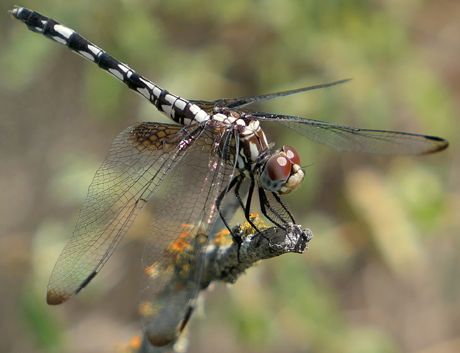
Dythemis fugax (checkered setwing)

Enallagma basidens (double-striped bluet)
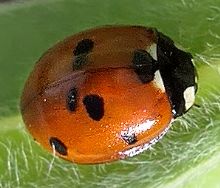
Coccinella septempunctata (seven-spotted lady beetle)

Unknown sp. (case-bearing leaf beetle pupa)
| Beetle larvae in the subfamily Cryptocephalinae protect themselves by creating portable retreats from fecal material, hence the common name. They also pupate within the shelter after attaching it to a leaf or other substrate. |
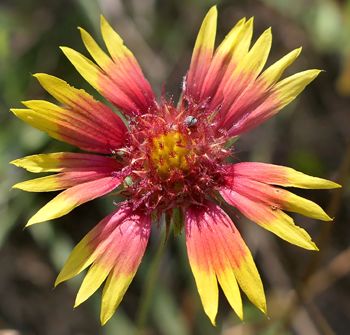
Gaillardia pulchella (Indian blanket)
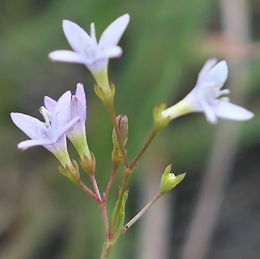
Stenaria nigricans (diamondflower)
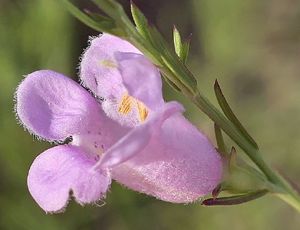
Agalinis heterophylla (prairie agalinis)
| This plant is hemiparasitic on grasses. It can photosynthesize but also derives some of its nutrients from the roots of a host. |

Eustoma exaltatum (Texas bluebell)
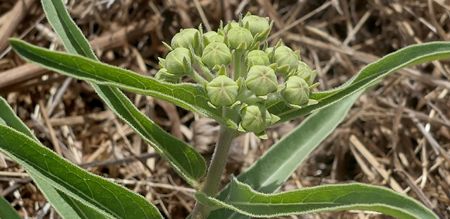
Asclepias asperula (antelope horns)
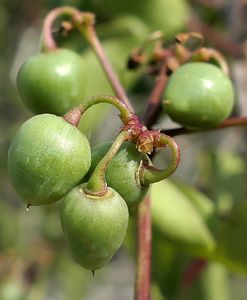
Cissus trifoliata (sorrelvine)
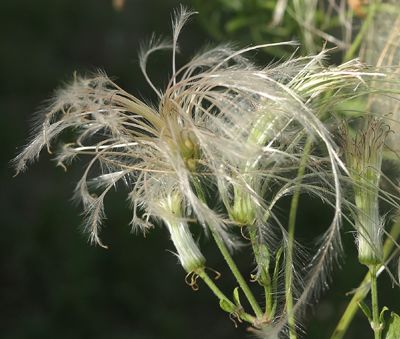
Clematis drummondii (old man's beard)
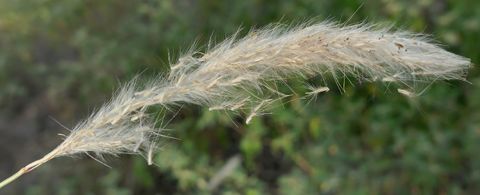
Bothriochloa laguroides (silver bluestem)

Euphorbia serpens (creeping spurge)

Phyllanthus polygonoides (smartweed leafflower)
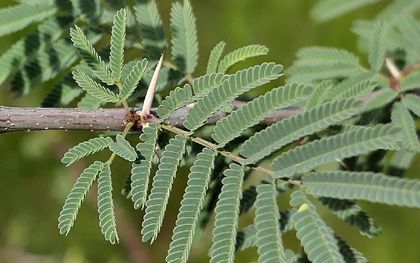
Vachellia farnesiana (huisache)

Polistes exclamans (paper wasp nest)
| There is almost certainly a queen in this colony, but she is difficult to distinguish from the workers since they look the same. Queens often die during a colony's duration and are usually replaced by one of the oldest workers, in a system called gerontocracy. |

Lasioglossum sp. (sweat bee)

Hyalymenus tarsatus (Texas bow-legged bug nymph)
| Although a convincing ant mimic, this bug nymph still has the telltale feeding tube that indicates it can only ingest liquids. Ants have mandibles. |

Teloschistes chrysophthalmus (golden-eye lichen)
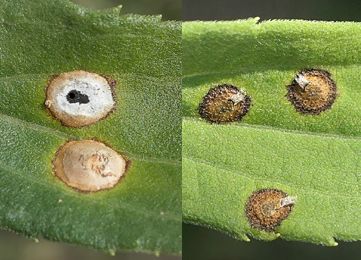
Asteromyia carbonifera (gall midge goldenrod leaf galls)
| These abundant galls contain a layer of symbiotic fungus that is soot-like in appearance, giving the fly its specific name. The fungus, carried by the mother fly when she laid eggs, is both food for the larval insects and also protects them from parasitoid wasps. Studies have revealed that divergent gall morphology, even on the same plant, is driven by a complex of genetically differentiated populations. |
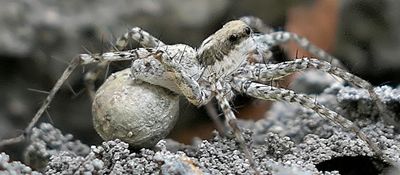
Pardosa sp. (long-legged wolf spider)
| Female wolf spiders protect their egg sacs by carrying them under their abdomen as they continue to hunt and move about. The sac is so tough that the mother must cut it open to allow the hatched babies to escape, at which point they usually hold onto her abdominal hairs until they finish absorbing their yolk and need to disperse to hunt prey. |

Argiope aurantia (black and yellow garden spider)
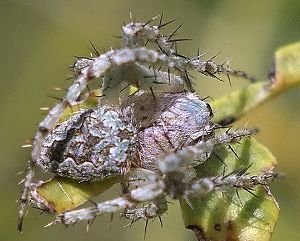
Eustala anastera (orbweaver)
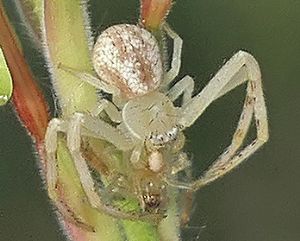
Mecaphesa sp. (crab spider)
| Eye arrangements are one way of distinguishing the various spider families. Note how the crab spider shown above has eyes spread out in a line across its face, while the lynx spider below has them all grouped in the middle. |
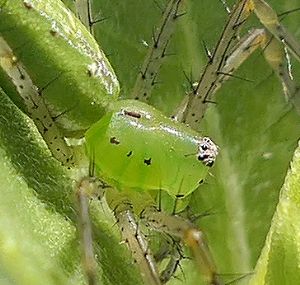
Peucetia viridans (green lynx)
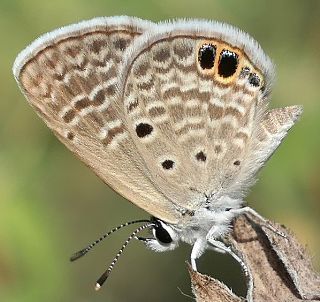
Hemiargus ceraunus (ceraunus blue)

Sparganothis distincta (leafroller moth)
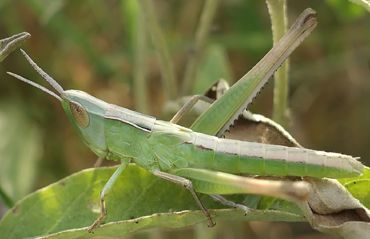
Syrbula admirabilis (handsome grasshopper nymph)

Melanoplus plebejus (plebeian grasshopper)
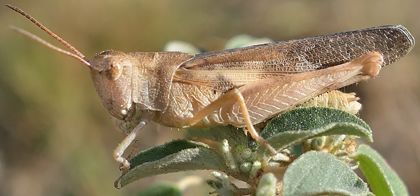
Chortophaga viridifasciata (northern green-striped grasshopper)

Schistocerca americana (American bird grasshopper)
Grasshoppers belong to a diverse family, Acrididae, that conveniently breaks down into several subfamilies. The four images above are good representative examples (from top to bottom):
1. Gomphocerinae - Slant-faced (usually have pointed heads)
2. Melanoplinae - Spur-throated (spur almost never visible in photos - sorry!)
3. Oedipodinae - Band-winged (many have colorful wings and make crackling sounds when flying)
4. Cyrtacanthacridinae - Bird (large insects that often fly into trees)
|
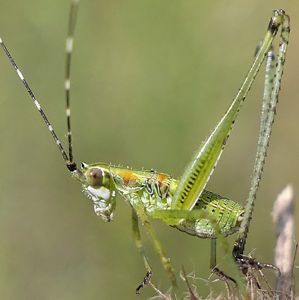
Scudderia sp. (bush katydid nymph)

The fine clay soil drying out during intense July heat

![]()